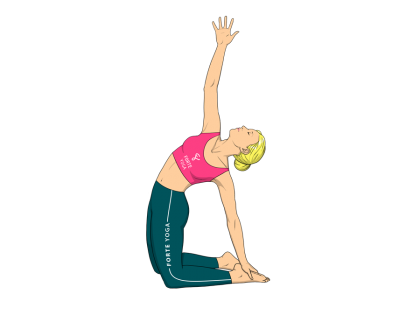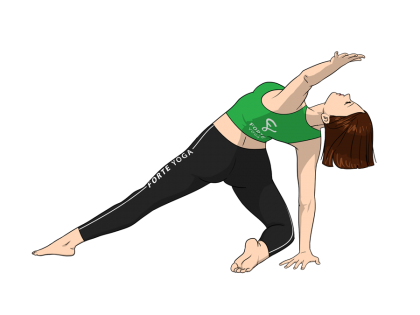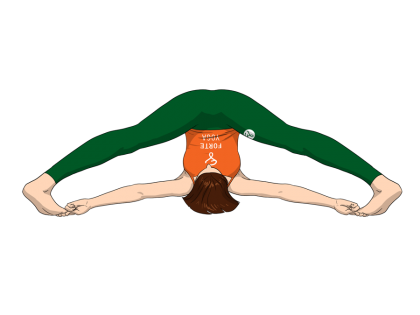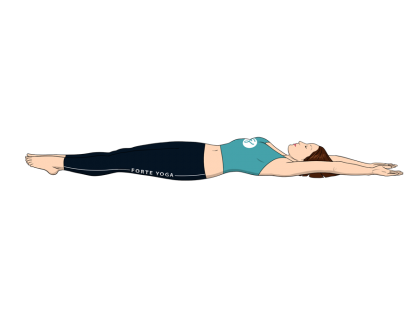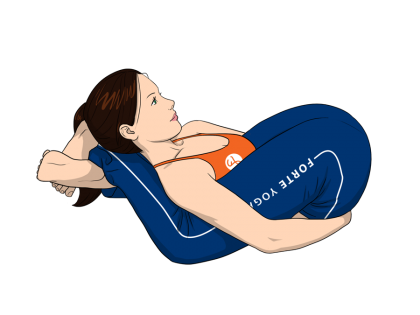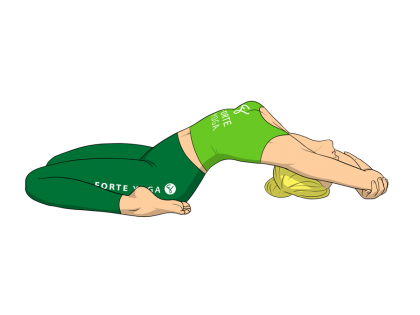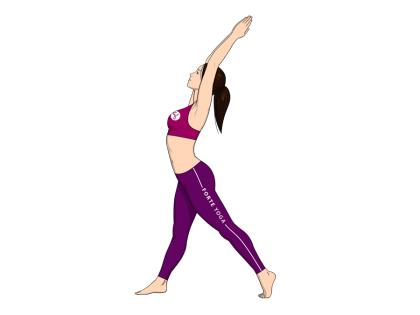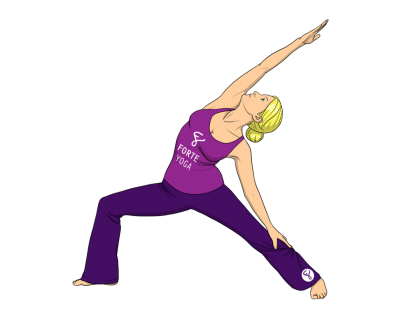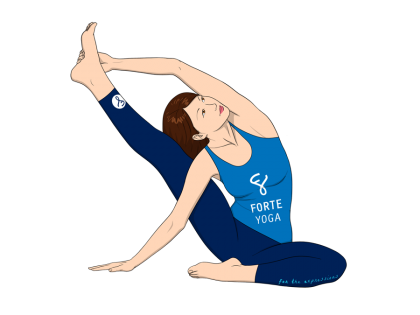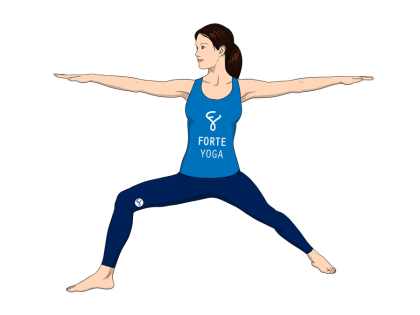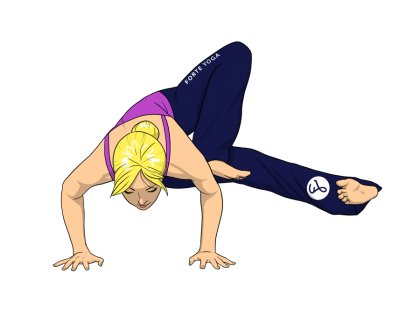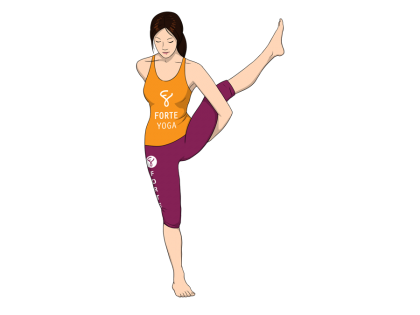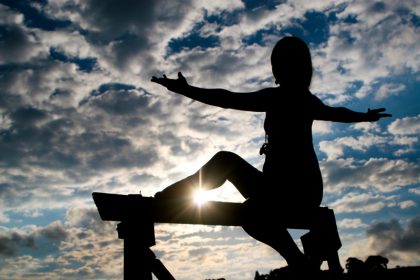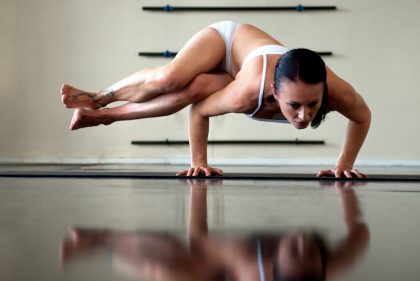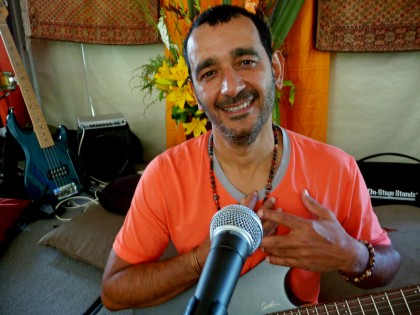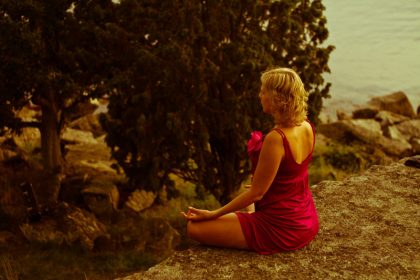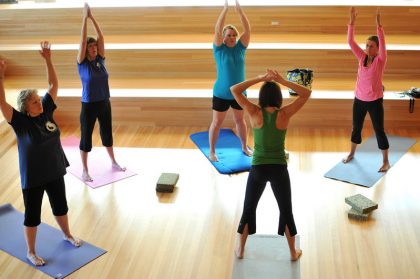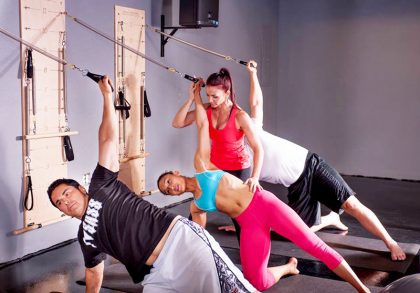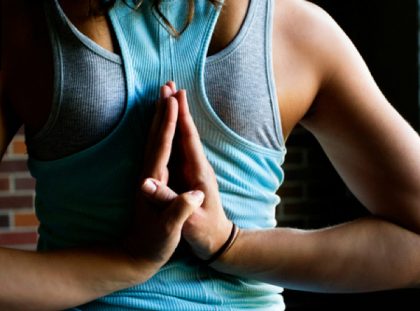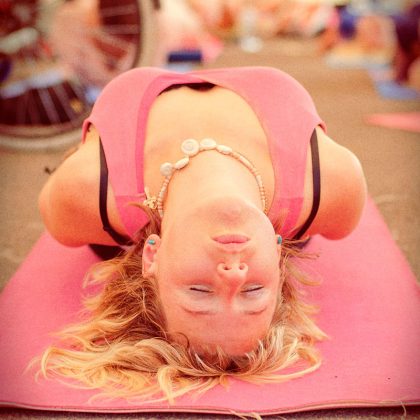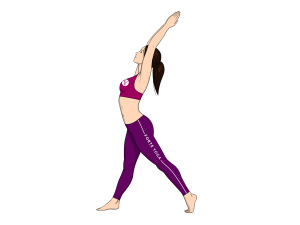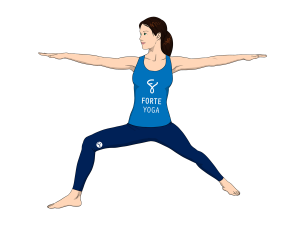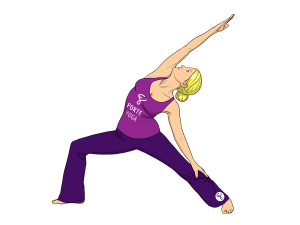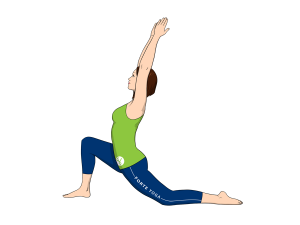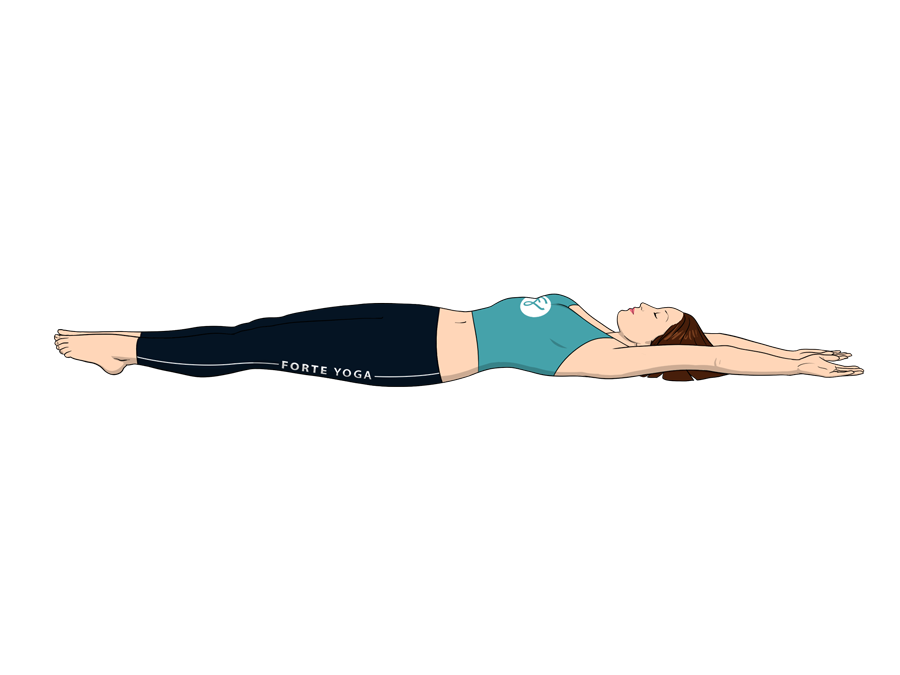
overview
Pool Yoga Pose is a supine, reclined pose that targets the shoulders and abs and is ideal for yogis and yoginis at all levels.
 muladhara – the root chakra
muladhara – the root chakrarelated poses
[yoga-sharrre]
How To Do Pool Yoga Pose
- Start by entering the Corpse Pose (Savasana), knees un-bent and legs extended. Make sure your body is in a neutral position. Equal distribution and comfort are key to a neutral body: shoulder blades must be resting evenly on the floor, ears should be equidistant from your shoulders and there should be no pressure or strain on the neck. Your arms should be at your sides, hands by the hips with palms facing up toward the ceiling.
- Inhale, pushing through the length of the arms and out of the fingertips, then swing the arms up in two semi-circles straight from the hips to meet above the head. The arms should never leave the floor. As you do this, keep the arms straight and pull them up evenly, consistently pushing through the fingers.
- Press your shoulder blades into the floor, spreading them out to prevent putting tension on the neck. Lift the chest upward without lifting the shoulders, drawing your belly button upward deep in toward the lower back, creating a deep pool, or hollow, in the abdomen. Push out through the heels for a deeper stretch along the back of the legs, or push out through the balls or toes of the feet.
- Lay in this position, taking deep, mindful breaths, for 30-60 seconds or as long as you like. To come out of the position, relax your arms and bring them to the sides before rolling gently to one side. Push your hands into the floor, lifting your torso off of the ground and moving into a sitting position. Your head should be the last part of your body to lift from the ground.
Notes
- Breathe deeply through each step.
- If you notice any strain or stress in any part of your body (most commonly in the back, shoulders, neck and groin), try different ways to adjust yourself until you relieve the tension. Don’t be afraid to lift parts of your body and reposition them with your hands. Both your mind and body need to find a place of relaxation, but even the smallest point of physical discomfort can throw off your concentration for the entire duration of the pose.
- If you have a back injury or are experiencing discomfort in this pose, do not extend the legs but instead keep them bent with feet flat on the floor.
- If pregnant, Tadakasana is safe for the first two trimesters. Lying on your back during the third trimester is not recommended in general, so try a side-lying position to relax you after your yoga session.
Tips
This pose is most commonly used at the end of a routine, but can be implemented throughout.
The longer you lay on your back in this pose, especially if you are performing Corpse Pose before or after, the more likely you are to experience excess pressure on your head, making you feel dizzy or lightheaded when you come up from the position. Try laying a folded blanket or towel under the head to relieve pressure, and be sure to take it slow as you come out of the position.
Stretches & Strengthens
All Muscles: Calves, hamstrings, shoulders, biceps, triceps, abs
Target Muscles: Shoulders, abs
Health Benefits of Pool Yoga Pose
- Decreases heart rate, calming the mind and relieving stress.
- Can relieve symptoms of anxiety and mild depression.
- May reduce headache, fatigue and insomnia.
- Can lower blood pressure and decrease metabolic rate.
- Can relieve mild back pain.

